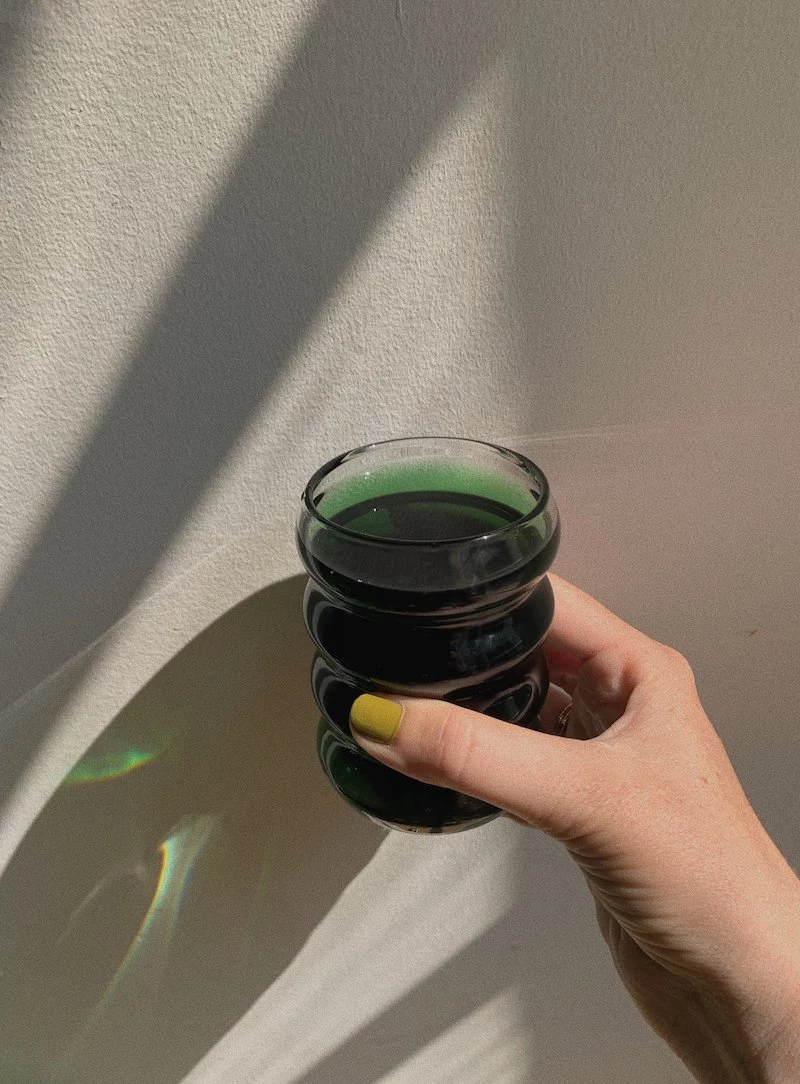My Honest Thoughts on Liquid Chlorophyll (The Good, the Bad, and the Green Stains)
As someone who’s spent over a decade in the nutrition world, I’ve seen wellness trends come and go. And let me tell you, liquid chlorophyll is one of those that just keeps popping back up, usually thanks to some viral video showing off vibrant, swamp-green water and promising miracle results. It’s no wonder my clients are always asking me about it—the internet is a mess of conflicting info.
In this article
- First Things First: You’re Not Actually Drinking Plants
- How to Buy the Good Stuff and Avoid a Headache
- Your Guide to Actually Taking It (Without a Mess)
- Sorting Through the Claims: What It Actually Does
- Let’s Talk Side Effects (The Not-So-Fun Stuff)
- Who Should Probably Skip It?
- Quick Tip: Using It on Your Skin
- My Final Take: A Useful Tool, Not a Magic Wand
- Inspirational Gallery
So, let’s cut through the noise. My goal isn’t to sell you on it or to scare you away. It’s to give you the straight-up, practical info I’ve gathered from working with real people, digging into the research, and seeing what actually works. We’ll cover what this green stuff really is, what it might do for you, and, just as importantly, what it won’t.
First Things First: You’re Not Actually Drinking Plants
Let’s get one major myth out of the way. The liquid chlorophyll you buy in a bottle is NOT the same stuff that makes spinach green. The chlorophyll found in plants is fat-soluble and incredibly unstable. If you extracted it directly, it would break down before it ever did you any good.
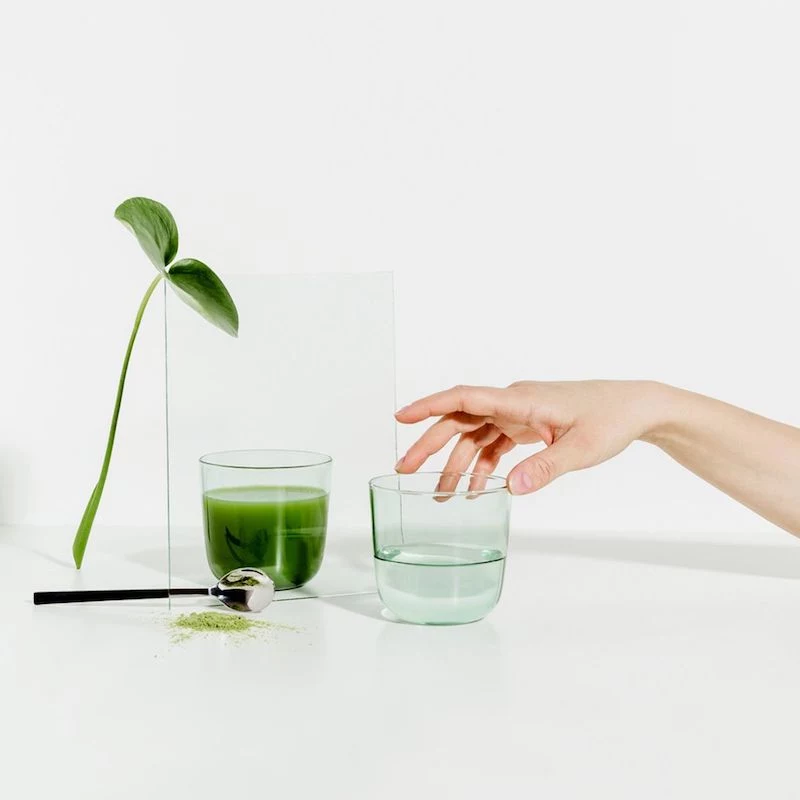
So, what are you drinking? It’s a compound called chlorophyllin. To make it, the pros take natural chlorophyll and swap out its magnesium center for a copper one, which makes it water-soluble and way more stable. This means your body can actually absorb and use it. Honestly, this is a good thing! But it’s important to know you’re taking a derivative of the natural substance, not the real deal straight from the leaf.
How to Buy the Good Stuff and Avoid a Headache
Walking into the supplement aisle can feel overwhelming, right? When it comes to liquid chlorophyll, the quality can be all over the place. A cheap bottle might be useless, or worse, full of junk you don’t want.
Here’s what I tell my clients to look for—think of it as your personal shopping checklist:
- Check the Label: You want to see “sodium copper chlorophyllin” or “chlorophyllin copper complex” as the main ingredient. That confirms you’re getting the stable, absorbable form. Most of it comes from alfalfa or mulberry leaves. I personally find the mulberry-derived versions have a cleaner, less grassy taste.
- Look for a Seal of Approval: This is a non-negotiable for me. Reputable brands pay for third-party testing to prove their product is pure and free of contaminants like heavy metals. Look for seals from places like NSF, USP, or UL. A “GMP Certified” (Good Manufacturing Practices) stamp is also a great sign. Brands like Nature’s Way, World Organic, or Chlorofresh are often good places to start because they tend to have these verifications.
- Ignore the Hype: If a bottle promises to cure a disease or melt off pounds, just put it back. Good companies don’t make wild, illegal claims.
By the way, don’t overpay for this stuff. A 16 oz bottle, which should last you a month or two, will typically run you between $15 and $30. If you’re paying much more, you’re likely just paying for fancy marketing.
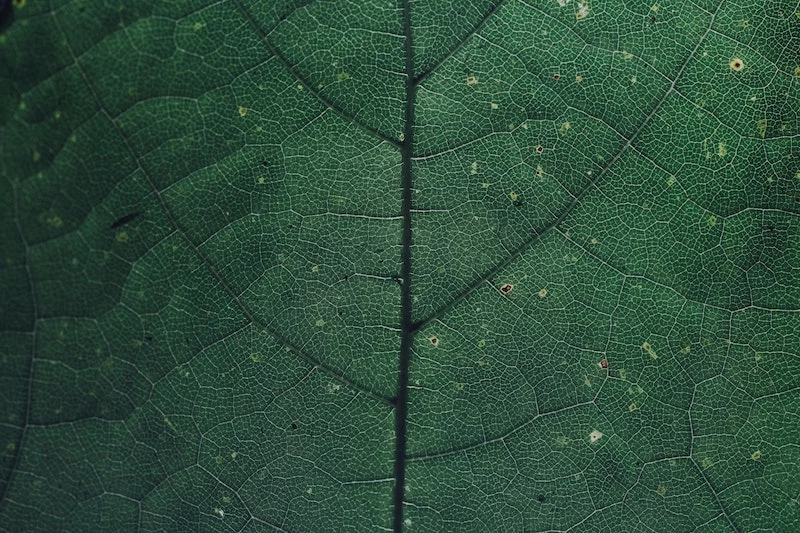
Your Guide to Actually Taking It (Without a Mess)
Okay, you’ve got your bottle. Now what? The directions are a good starting point, but a little strategy goes a long way.
Most clinical advice suggests a dose of 100 to 300 milligrams (mg) per day, but I always recommend you start low and go slow. Try just half the bottle’s recommended dose for a week to see how your body feels. If all is well, you can gradually work your way up.
Now for the real-life stuff. Your first glass is going to look like scary, dark green swamp water. It’s totally normal! A lot of people hate the grassy taste—and I get it. A big squeeze of fresh lemon or a few drops of mint extract makes it a whole lot more pleasant to drink.
Heads up! I learned this the hard way: be careful pouring it. This vibrant green liquid will permanently stain your white countertops and your favorite t-shirt in a heartbeat. Seriously, treat it like a bottle of dye.
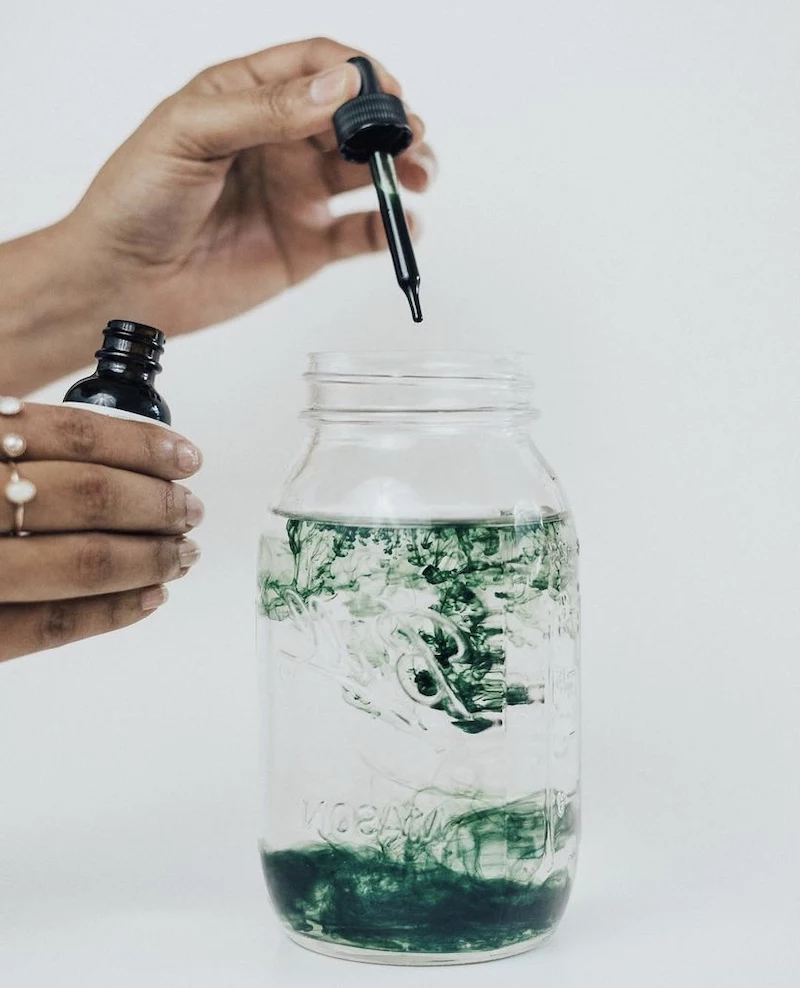
And be patient. If you’re hoping for clearer skin in a week, you’ll probably be disappointed. It takes time for any internal supplement to show external results. I tell my clients to give it a solid 8 to 12 weeks before deciding if it’s working for them.
Sorting Through the Claims: What It Actually Does
This is where the rubber meets the road. Liquid chlorophyll isn’t a magic potion, but a few of its benefits have some decent backing.
Claim 1: It gives you clear, glowing skin.
The Verdict: Plausible, but not a miracle cure.
This is why most people try it. The idea is that its anti-inflammatory properties can help calm down angry, red skin. And there’s some truth to it! I’ve seen it bring modest improvements for clients with mild inflammatory acne. It seems to work best as part of a bigger plan (like cutting back on sugar) rather than a standalone fix. It doesn’t seem to do much for deeper, hormonal, or cystic acne, though.
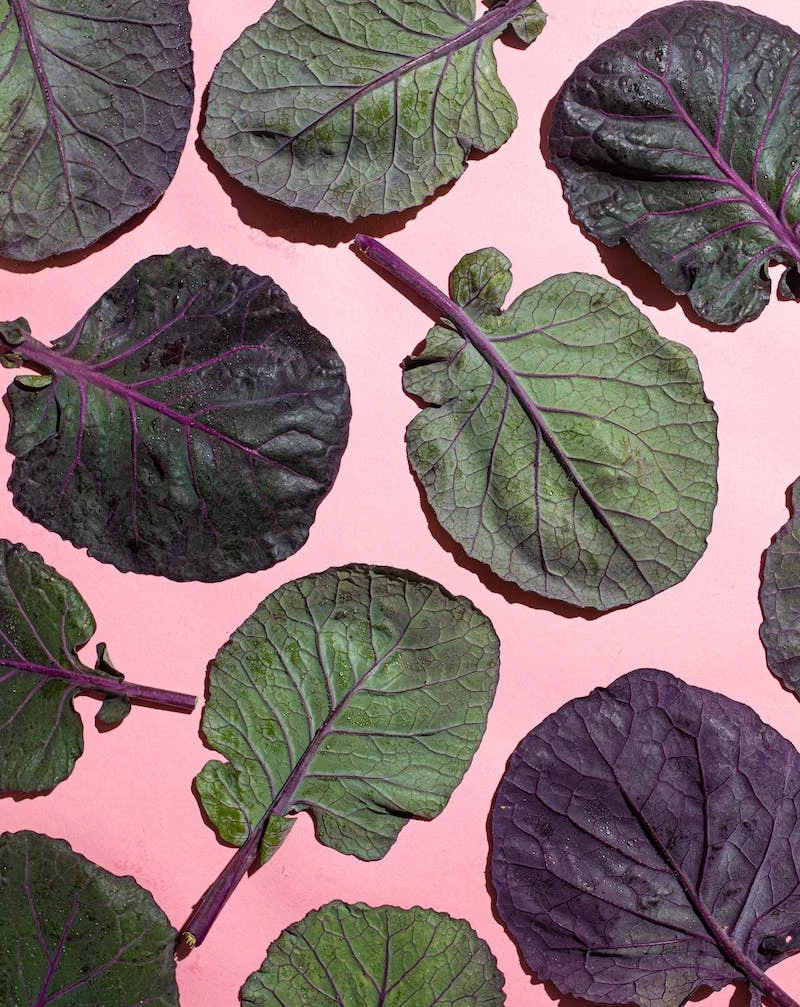
Claim 2: It’s an “internal deodorant.”
The Verdict: Your mileage may vary.
This idea has been floating around for a long time. Some research from way back when suggested it could help reduce certain odors. Today, the evidence is pretty thin. In my experience, it’s a toss-up. Some of my clients absolutely swear by it for bad breath and body odor, while others notice zero difference. It’s a low-risk thing to try, but definitely don’t throw out your regular deodorant.
Claim 3: It detoxes your body.
The Verdict: True, but in a very specific way.
I’m not a fan of the word “detox”—your liver and kidneys are the real MVPs here. But chlorophyllin can give them a helping hand. Research has shown it’s great at binding to certain carcinogens, especially nasty molds called aflatoxins that can be found on foods like peanuts and corn. One landmark study in a region with high exposure to these toxins found that taking chlorophyllin daily significantly reduced a key marker for liver damage. So, it doesn’t “cleanse” your system, but it can act like a bodyguard, intercepting specific toxins before your body absorbs them.
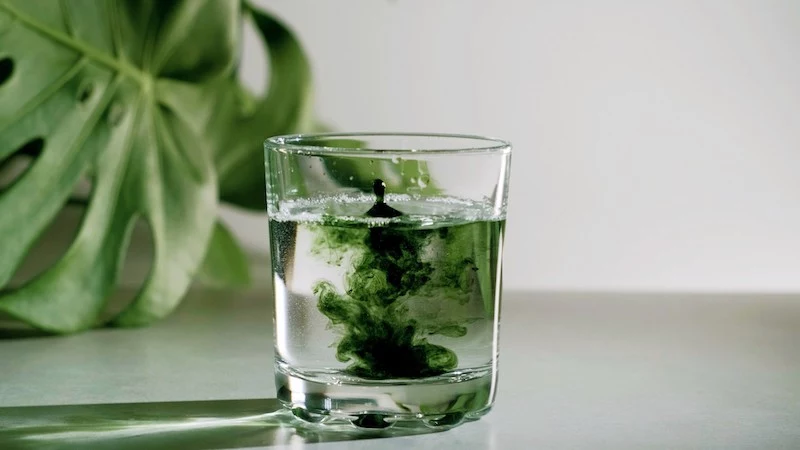
Claim 4: It boosts your energy and builds blood.
The Verdict: Misleading.
This claim comes from the fact that the chlorophyll molecule looks a bit like the heme molecule in our blood. But your body can’t just swap the copper in chlorophyllin for the iron it needs to build blood. It just doesn’t work that way. If you’re feeling a little more energetic, it’s more likely because you’re hydrating better (since you’re mixing it with a big glass of water) or from the simple placebo effect of starting a new healthy habit.
For a little perspective, one cup of raw spinach contains about 24mg of natural chlorophyll. To hit that 100mg therapeutic dose, you’d have to munch through about four cups of the stuff!
Let’s Talk Side Effects (The Not-So-Fun Stuff)
While it’s generally safe, there are a few things to be aware of.
- Digestive Issues: This is the most common complaint. A little cramping or diarrhea can happen, especially if you start with too high a dose. Lowering the amount usually solves it.
- Green Poop: Don’t panic! This is completely normal and harmless. It’s a potent pigment, and what your body doesn’t absorb, it gets rid of.
- A Sunburn Warning: Okay, this one is important. Chlorophyllin can make your skin more sensitive to the sun. I had a client start a high dose right before a beach vacation, and despite using his usual sunscreen, he got a nasty, blotchy burn. If you take this supplement, you absolutely must be extra careful about sun protection. Wear a hat and use a good broad-spectrum sunscreen.

Who Should Probably Skip It?
Liquid chlorophyll isn’t for everyone. It’s best to avoid it if you are:
- Pregnant or breastfeeding, as there isn’t enough safety research yet.
- Taking medications that increase sun sensitivity (like certain antibiotics or retinoids). Talk to your doctor first.
- Having surgery soon. It’s wise to stop taking it two weeks prior, just to be safe.
Quick Tip: Using It on Your Skin
You can also use chlorophyllin topically for a little spot treatment. Its anti-inflammatory vibe might help calm down a pimple. But please, do a patch test first! Mix one drop of chlorophyll with about 5-10 drops of water and apply it to your inner wrist. If there’s no irritation after 24 hours, you’re likely good to go. And never apply it undiluted unless you’re a fan of a temporary green stain on your face.
My Final Take: A Useful Tool, Not a Magic Wand
So, what’s my final verdict? Liquid chlorophyllin can be a genuinely useful tool for specific things, like supporting skin health and helping your body deal with certain environmental toxins. It has a place in my toolkit for sure.
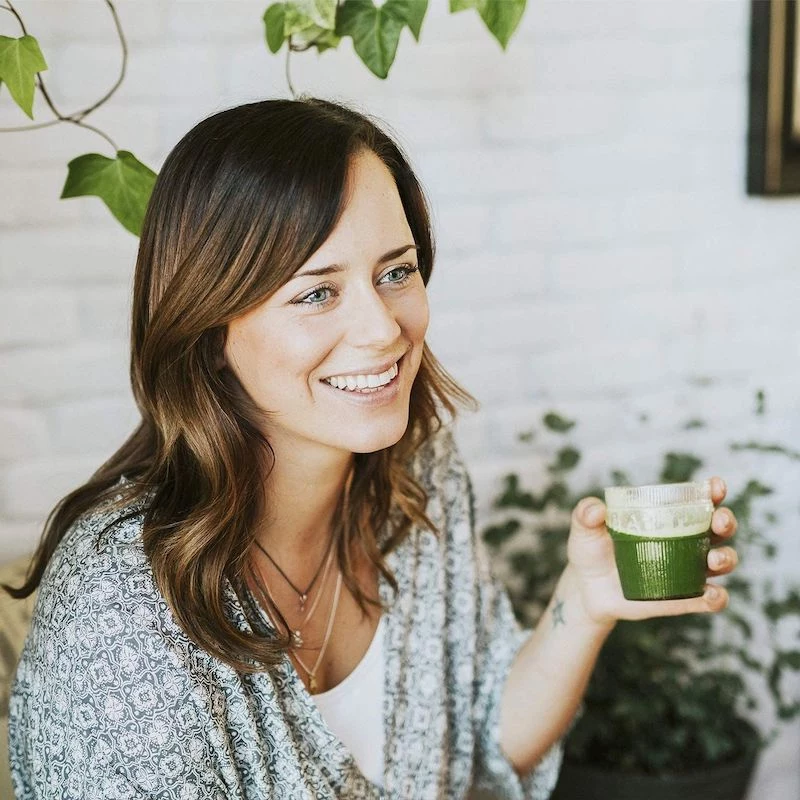
But it is absolutely not a cure-all. The foundation of good health will always, always be a balanced diet full of whole foods. Those dark leafy greens like kale and parsley give you natural chlorophyll plus fiber, vitamins, and minerals that no supplement can ever replace.
If you decide to try it, go in with realistic expectations. Buy a quality product, start slow, respect the sun, and listen to your body. Think of it as a helpful boost for an already healthy lifestyle, not a shortcut.
Inspirational Gallery
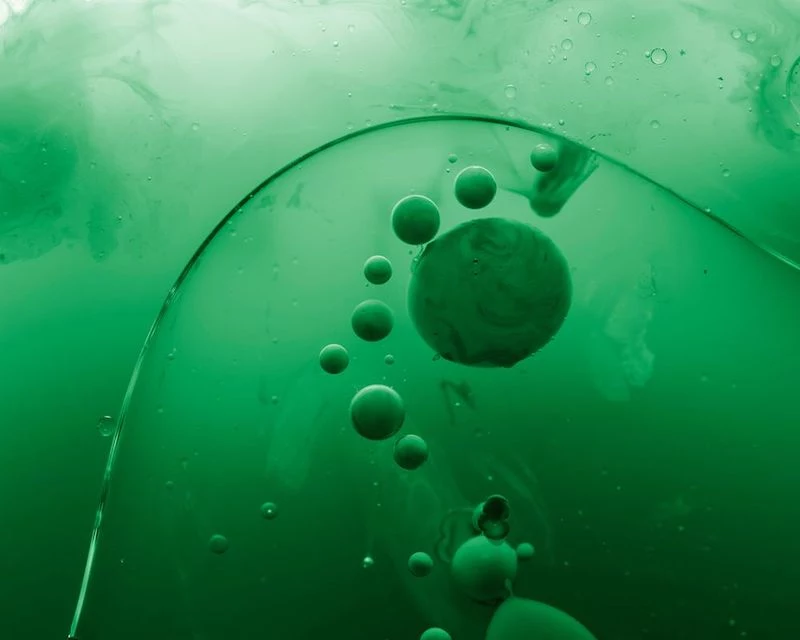
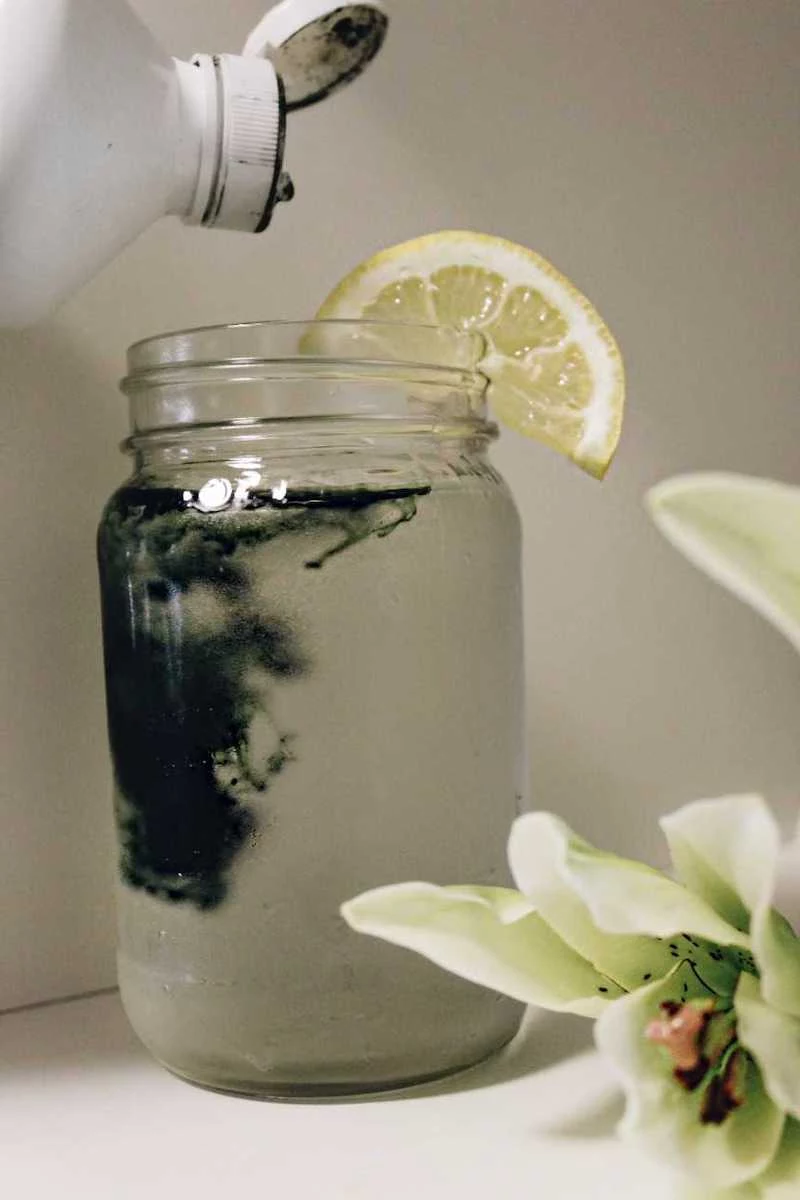
Does the taste make you hesitate?
Many chlorophyll supplements, especially those derived from alfalfa, have a distinctively earthy,
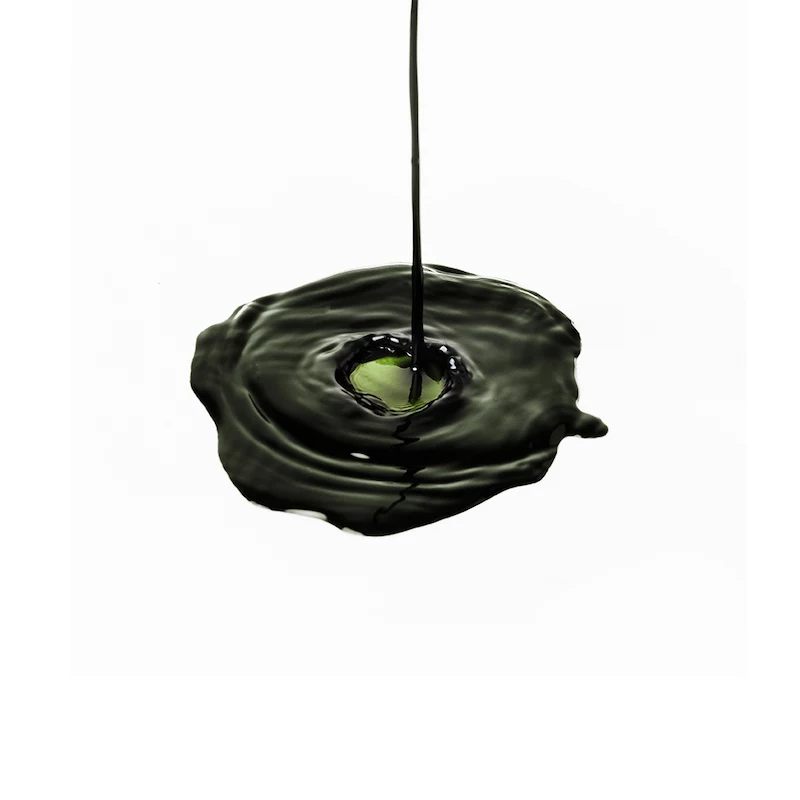
Over 1 billion views. That’s the staggering number of times the #chlorophyll hashtag has been seen on TikTok, propelling the supplement from health food store staple to viral sensation.
This social media fame is a double-edged sword. While it raises awareness, it often comes with exaggerated claims. Remember to separate the science-backed benefits from the influencer hype and focus on how it fits into your personal, balanced wellness routine.
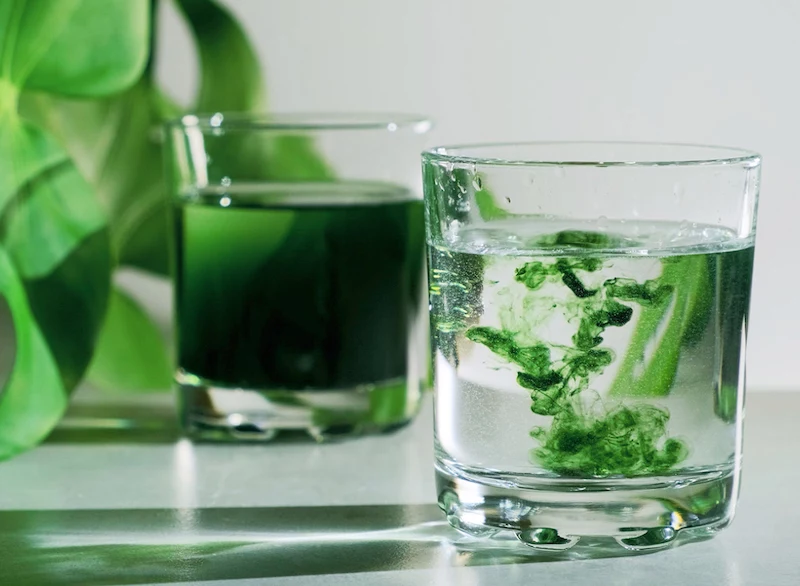
The notorious green stain: It’s the one side effect everyone fears. If a concentrated drop lands on your white t-shirt or kitchen counter, act fast! For fabrics, immediately flush with cold water and apply a small amount of rubbing alcohol or an enzyme-based stain remover before washing. On non-porous surfaces like countertops, a paste of baking soda and water left on for a few minutes can often lift the stain.
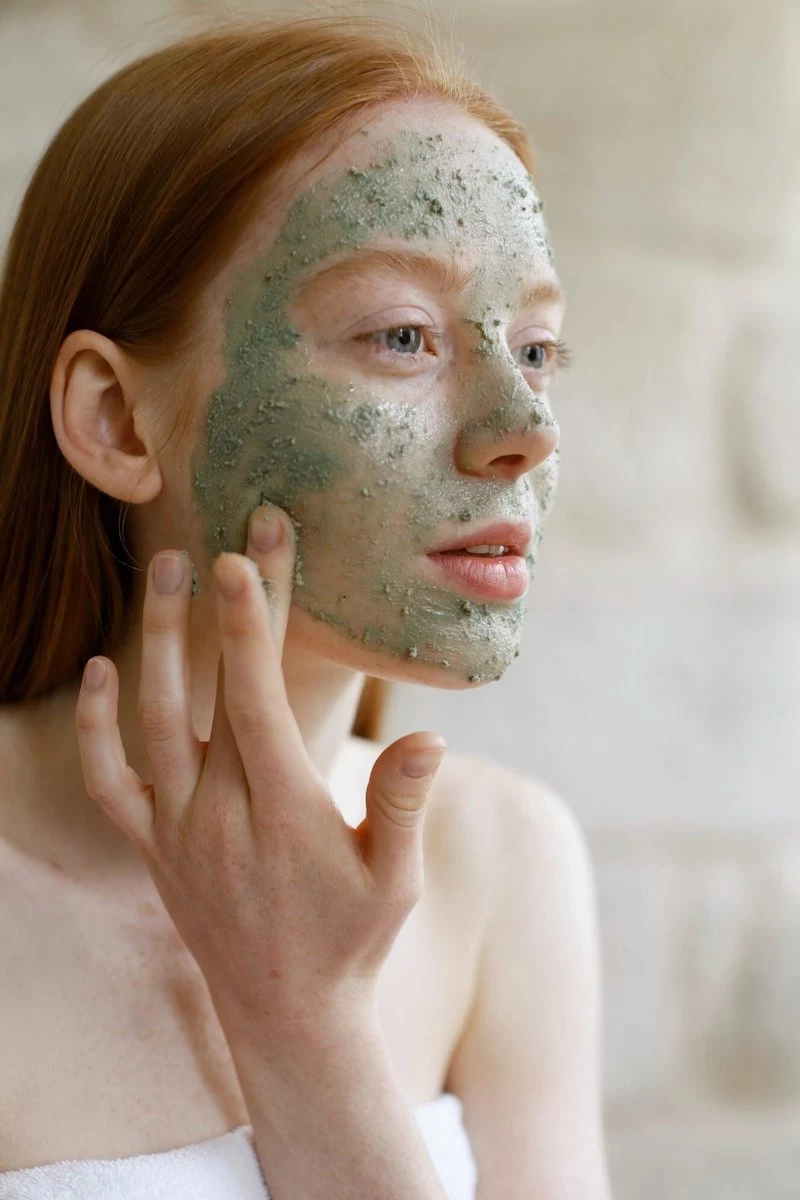
- A feeling of internal freshness
- Reduced body odor, especially after a garlicky meal
- Noticeably fresher breath throughout the day
The secret? Chlorophyllin’s reputation as an

Liquid Drops: Offer fast absorption and easy dosage adjustment. You can add more or less to your water based on your preference. The downside? The potential for stains and a distinct flavor that not everyone enjoys. Brands like Nature’s Way offer popular liquid versions.
Capsules: Provide a pre-measured, tasteless, and mess-free option. Perfect for travel or for those who can’t stand the taste. However, absorption might be slightly slower than the liquid form.
Ultimately, the best choice is the one you’ll take consistently.
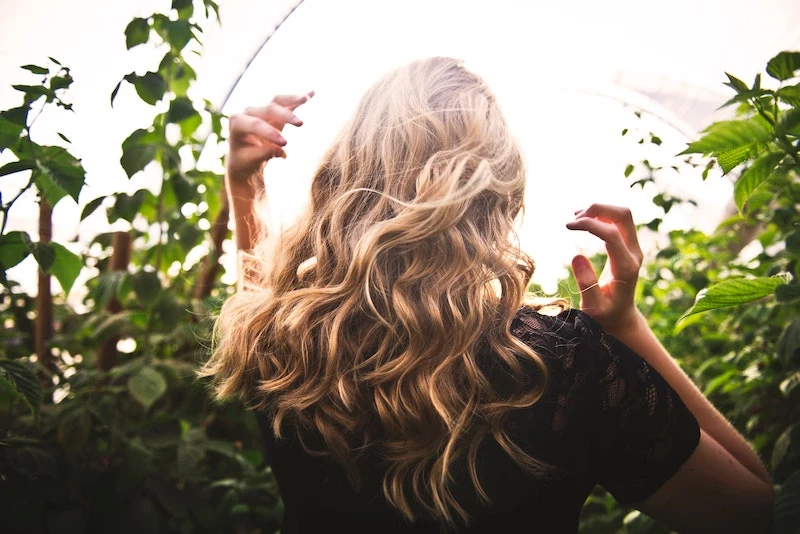
A 2004 study published in the journal ‘Wound Repair and Regeneration’ found that a topical spray containing chlorophyllin significantly accelerated the healing of open wounds in human subjects.
While drinking chlorophyll isn’t the same as applying it topically, this highlights its well-documented cellular repair and anti-inflammatory properties, lending scientific weight to its use in wellness for skin health and recovery.

Don’t just limit your green intake to a supplement. Think of liquid chlorophyll as a boost, not a replacement for a diet rich in green vegetables. Foods like spinach, parsley, kale, and watercress are packed with natural chlorophyll, plus essential fiber, vitamins, and minerals that a supplement can’t provide. A green smoothie with spinach and a few drops of liquid chlorophyll? Now that’s the best of both worlds.
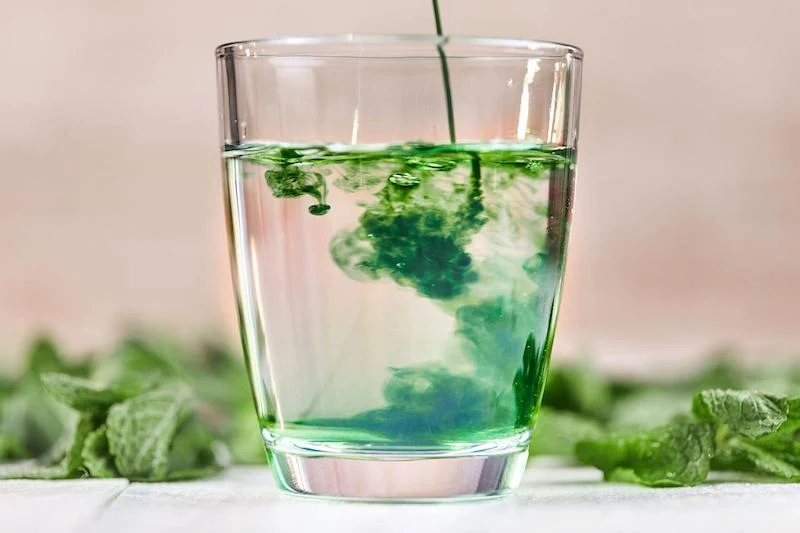
Important: Don’t forget to refrigerate after opening! Chlorophyllin is more stable than natural chlorophyll, but it’s not invincible. Once the seal is broken, exposure to air, light, and warmer temperatures can degrade its quality and potency. Keeping it in the fridge ensures you get the maximum benefit from every drop until the bottle is empty.
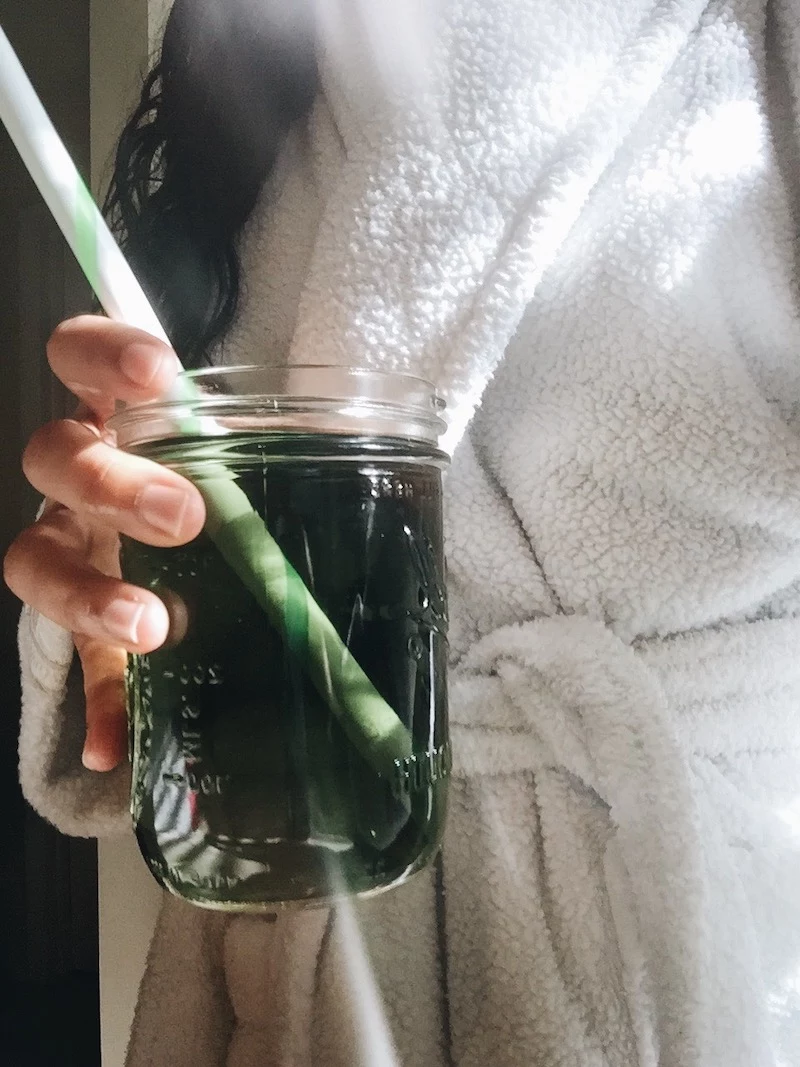
That awkward question: Did my chlorophyll turn my poop green?
Yes, it most likely did! This is a completely normal and harmless side effect. The potent green pigment can pass through your digestive system, resulting in green or dark-colored stools. It’s simply a sign that your body is processing the supplement. No need to panic—it’s just visual proof that the chlorophyll is making its way through!

When choosing your chlorophyll, you’ll see it’s often derived from either alfalfa or mulberry leaves. Here’s a quick guide:
- Alfalfa-Based: This is the most common and generally more affordable option. It has a stronger, more pronounced
The ritual can be as potent as the supplement itself. The simple act of starting your day by mindfully stirring a few drops of vibrant green liquid into a glass of water can create a powerful psychological shift. It’s a small, tangible commitment to your health, setting a positive and intentional tone for the hours ahead, long before you feel any physical effects.
One cup of raw spinach contains about 24 milligrams of chlorophyll. A typical dose of a liquid supplement contains 100 milligrams of chlorophyllin.
